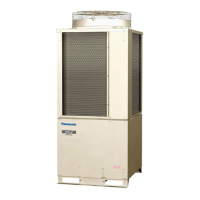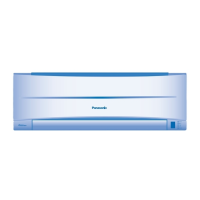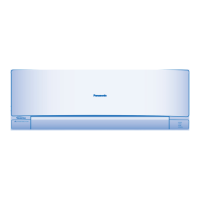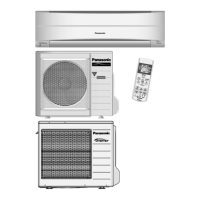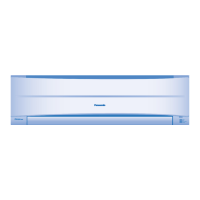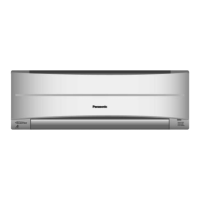Why does my Panasonic Air Conditioner smell?
- TTracy HarmonJul 26, 2025
If your Panasonic Air Conditioner discharges air with an odor during operation, it could be due to indoor odor components, cigarette odor, or cosmetic odors accumulated in the unit. The unit inside might also be dusty. It is recommended to consult your dealer.



